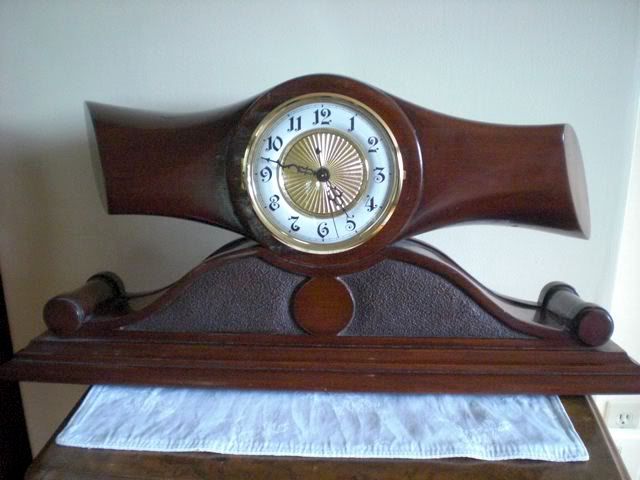A visitor to our museum, The Great War Flying Museum, asked for assistance in identifying the propellor used to make a clock.
Reportedly the prop/clock came from his grandfather who served in WWI in the RFC. This is supposed to be a propellor from his aircraft.
This is a truncated propellor that fortunately retains some information.
Hub info is:
PP A.I.D. 92
1.4.17
Dia 2744
Pitch 1839
The diameter and pitch information is on one side of the propellor with the other information on the obverse.
Can anyone supply insight into what this may have been?
Regards,
John
Reportedly the prop/clock came from his grandfather who served in WWI in the RFC. This is supposed to be a propellor from his aircraft.
This is a truncated propellor that fortunately retains some information.
Hub info is:
PP A.I.D. 92
1.4.17
Dia 2744
Pitch 1839
The diameter and pitch information is on one side of the propellor with the other information on the obverse.
Can anyone supply insight into what this may have been?
Regards,
John

Comment